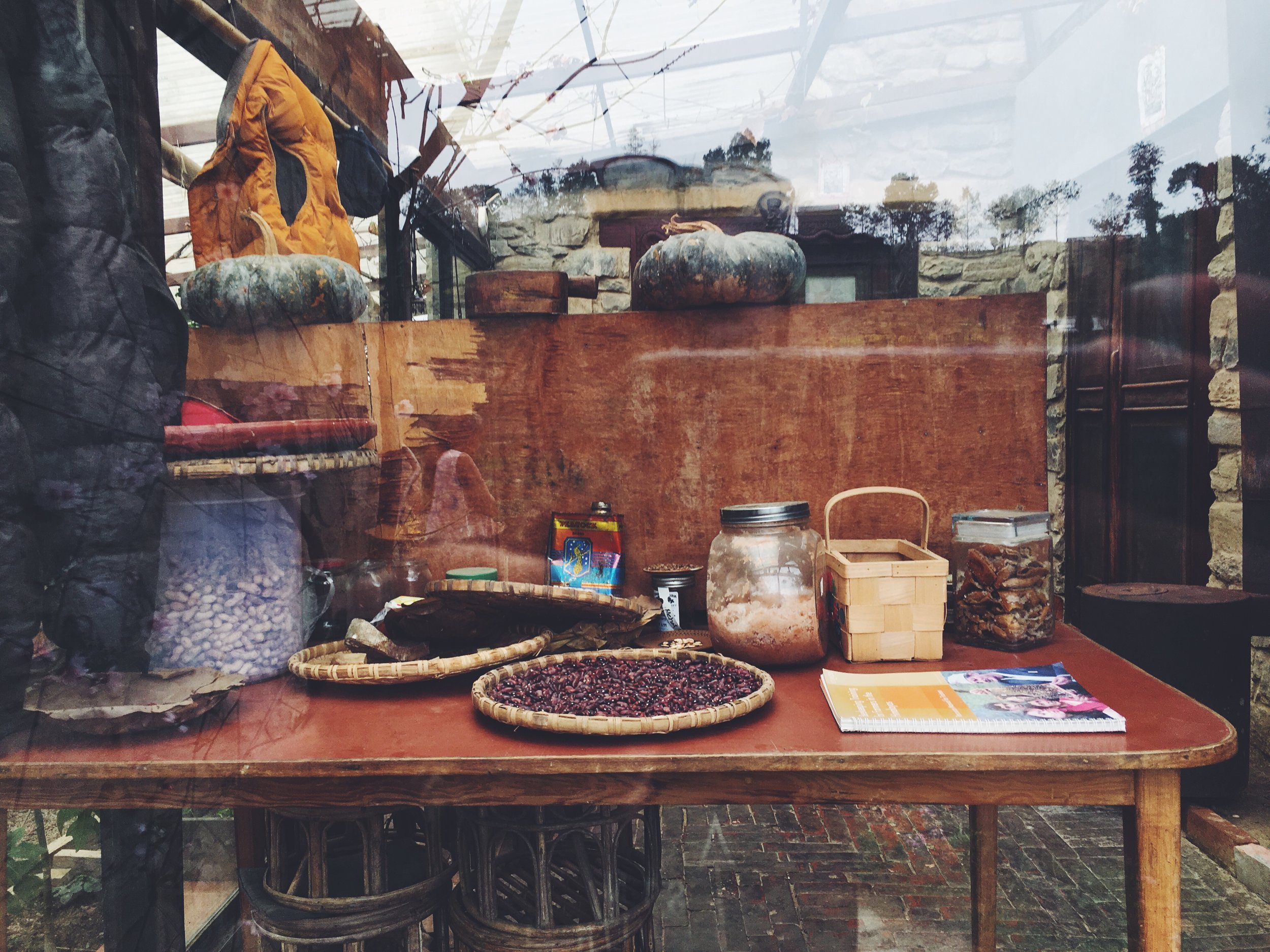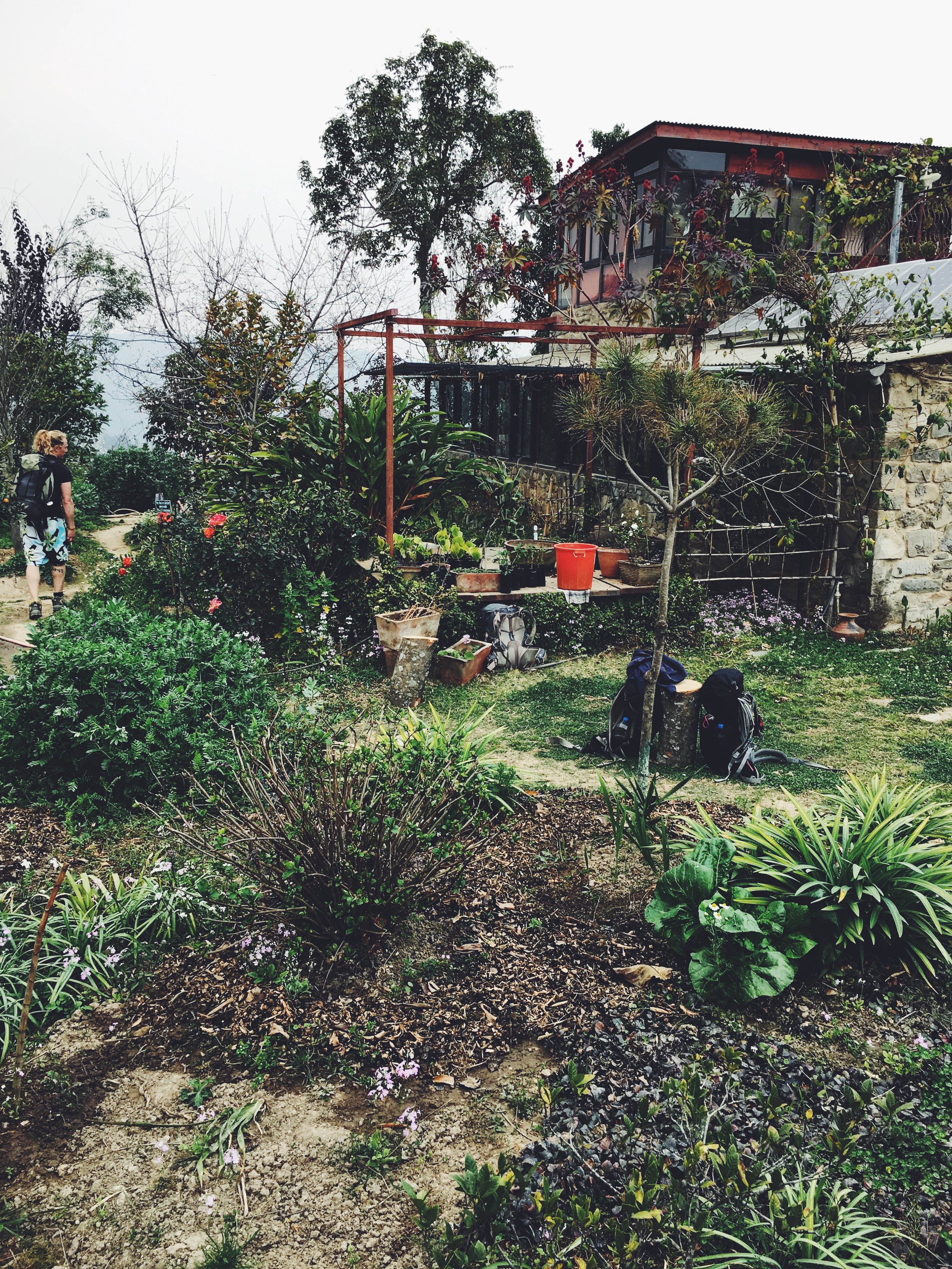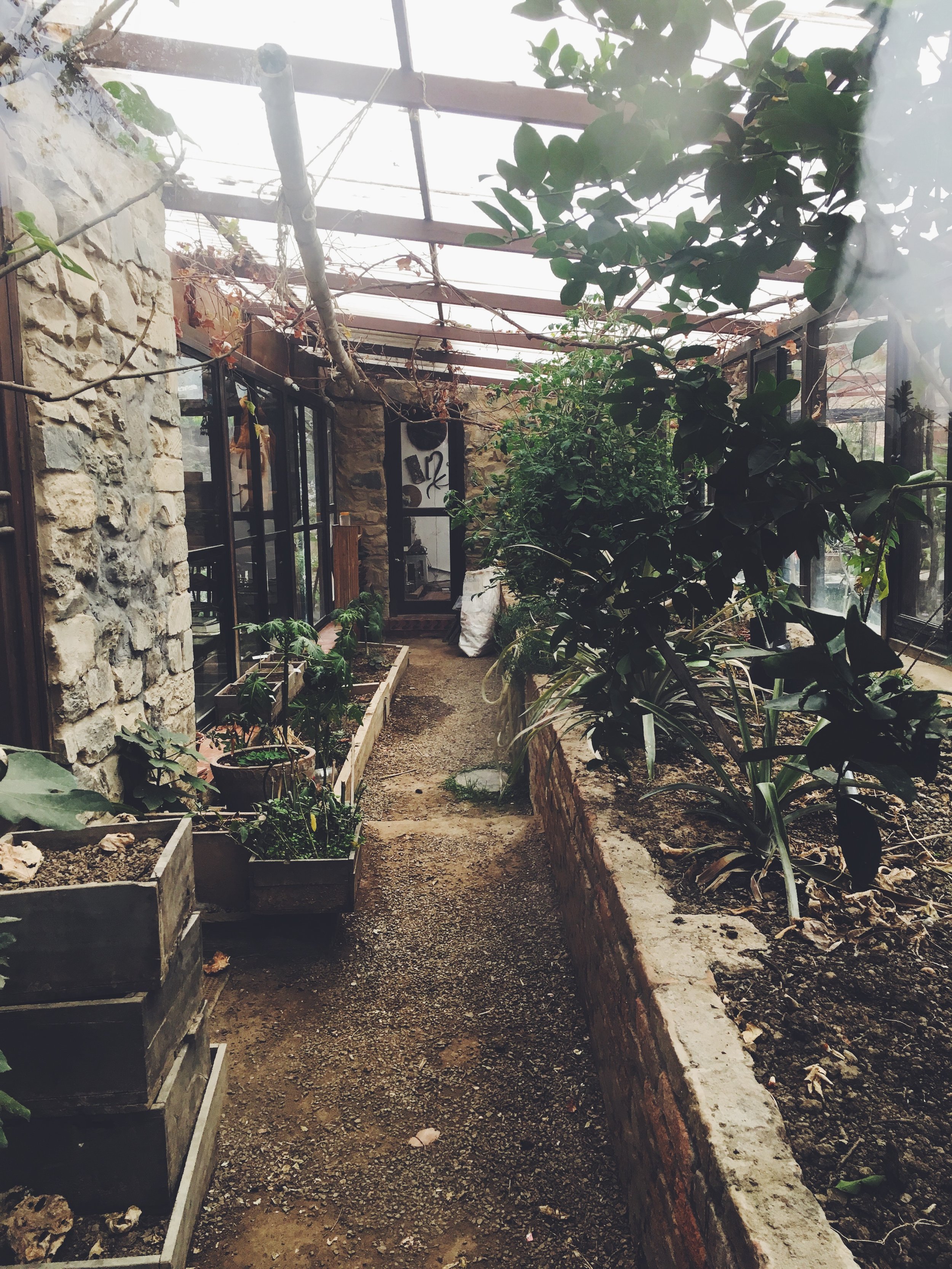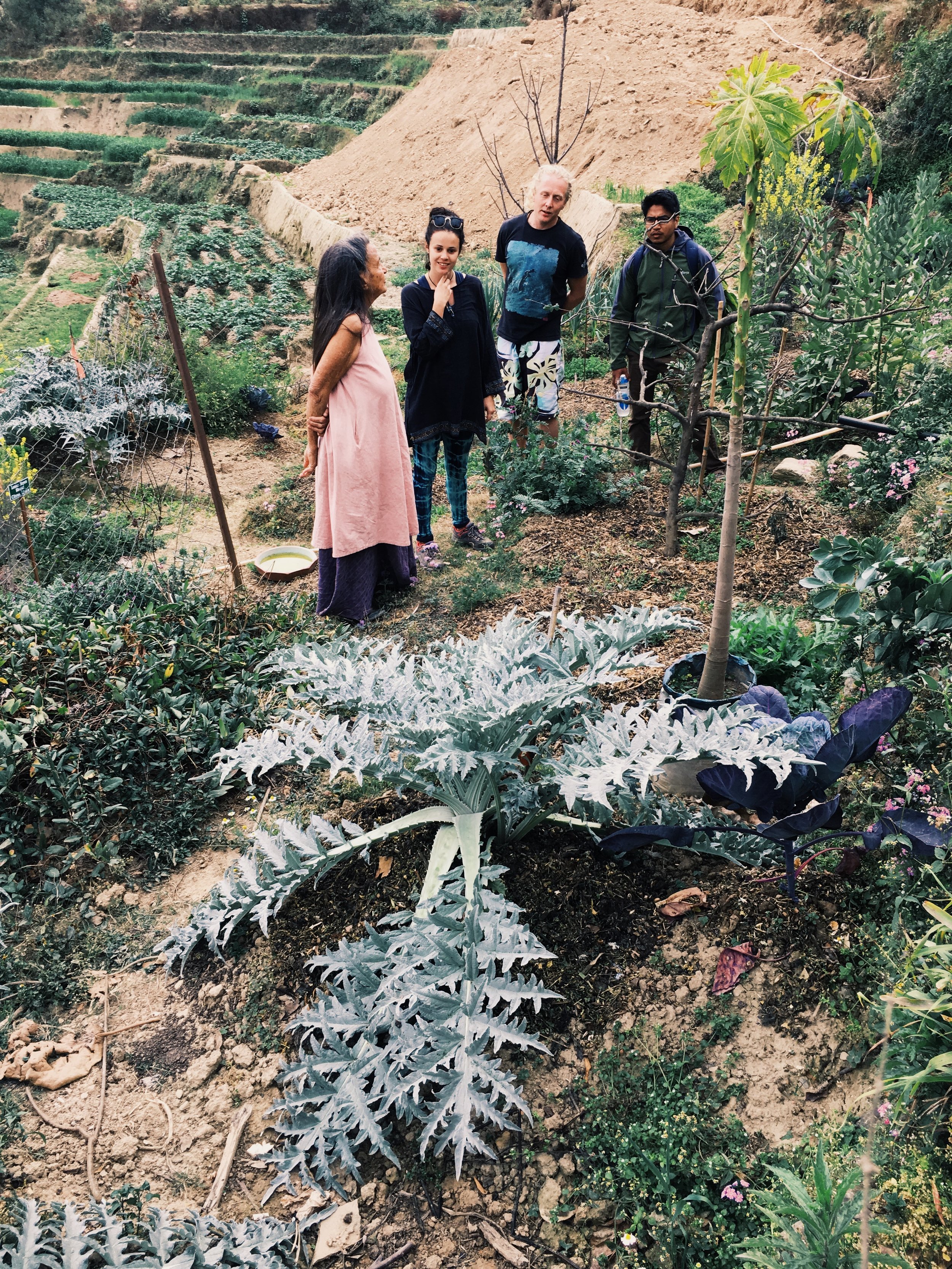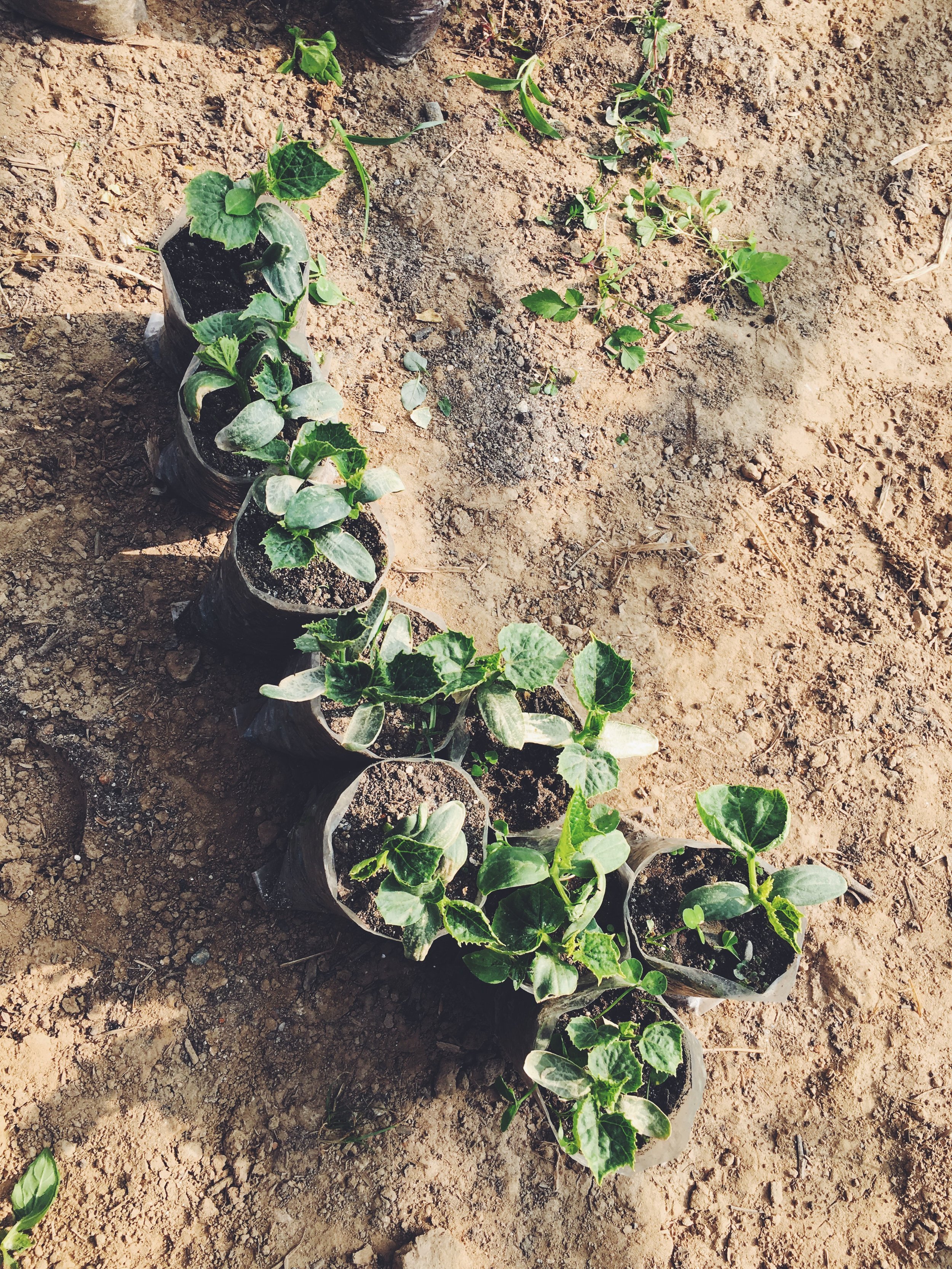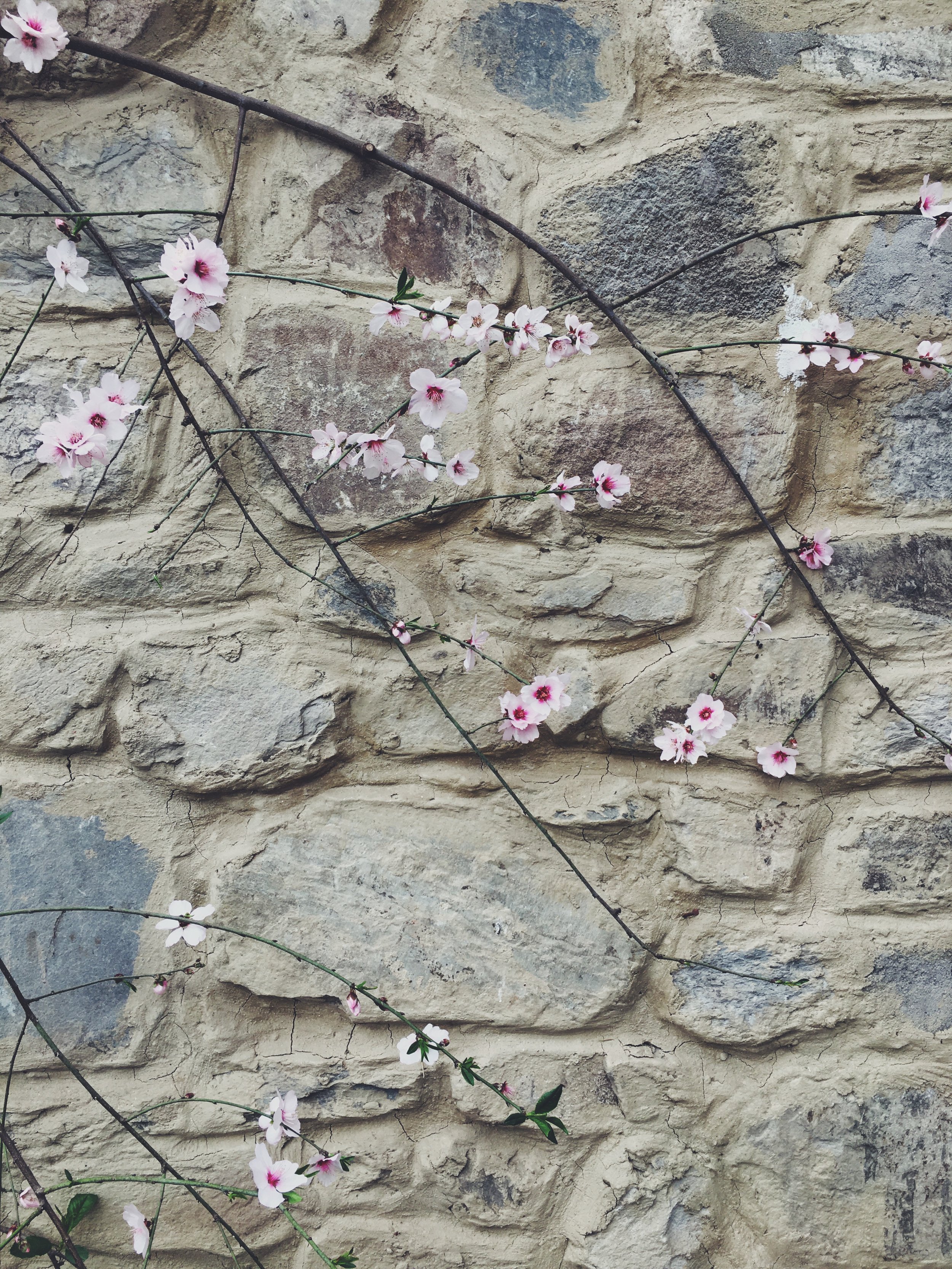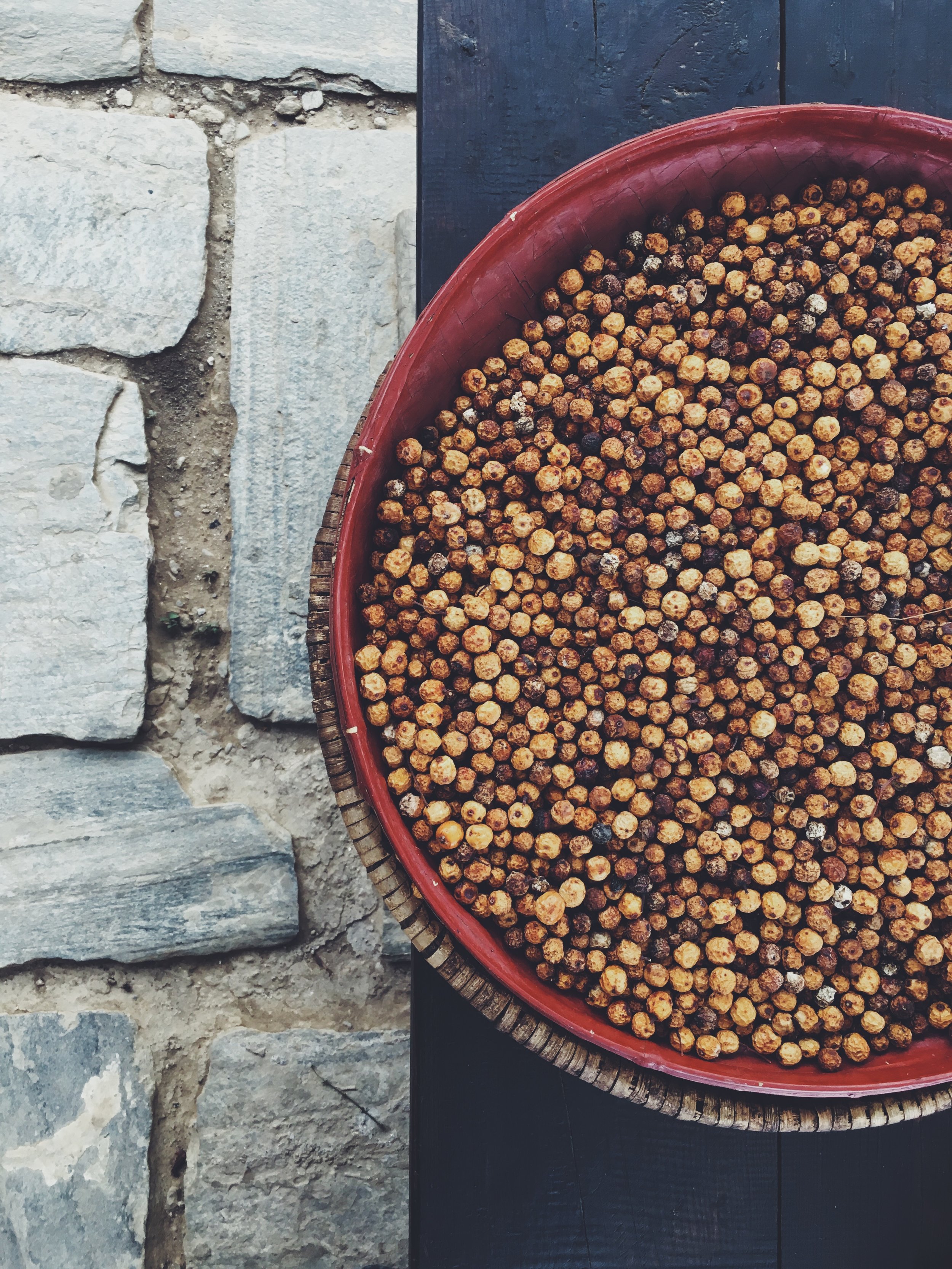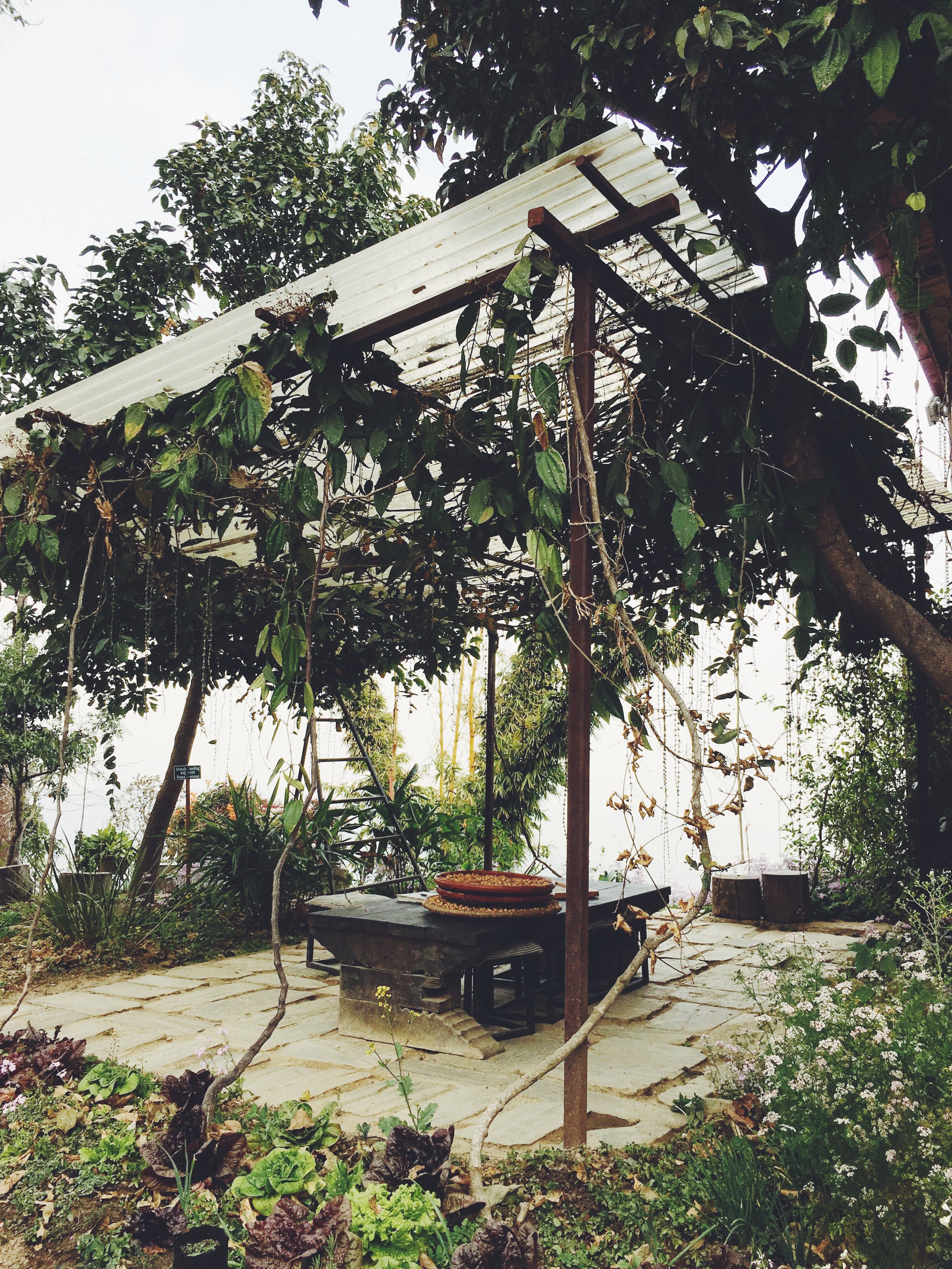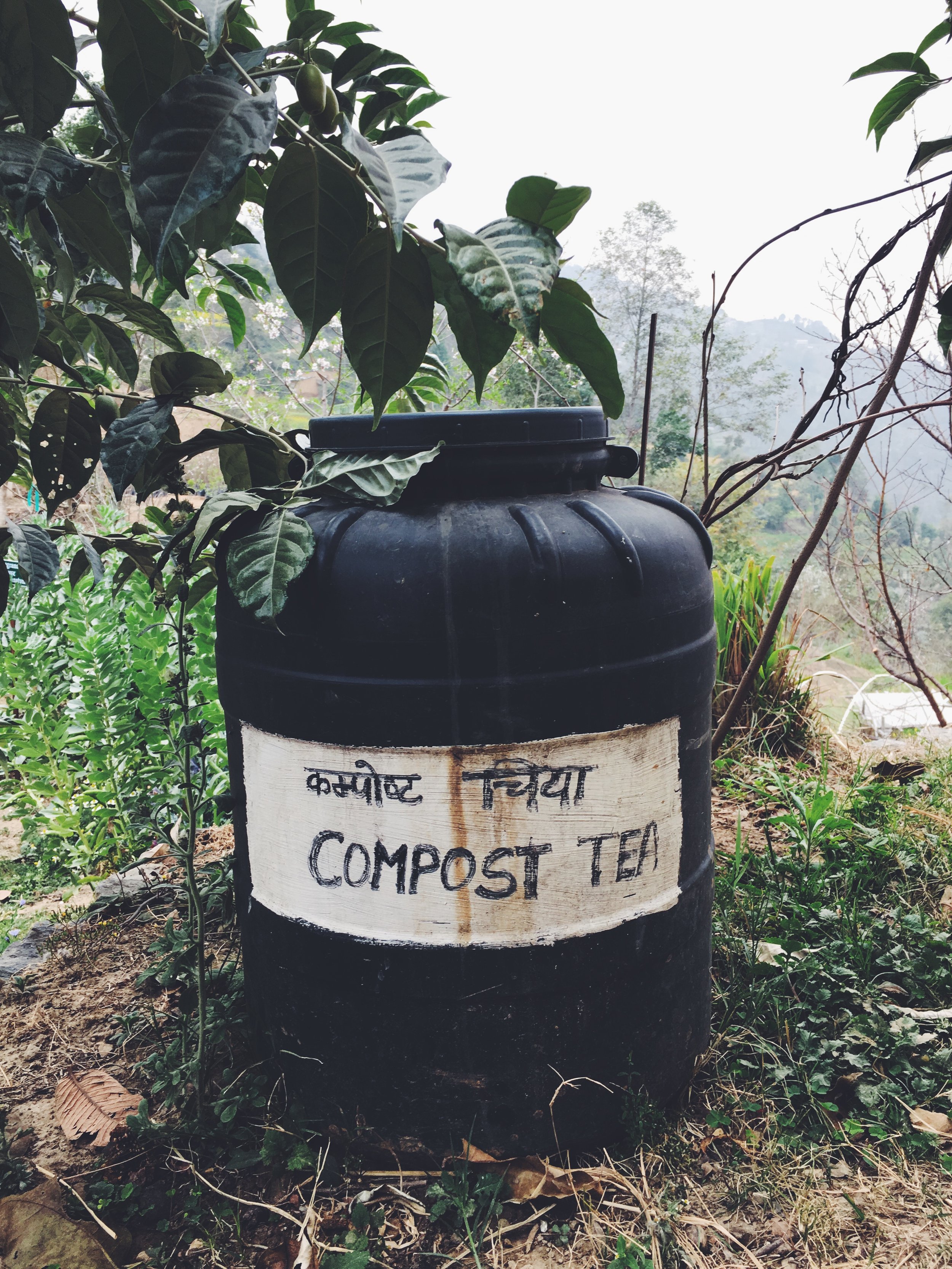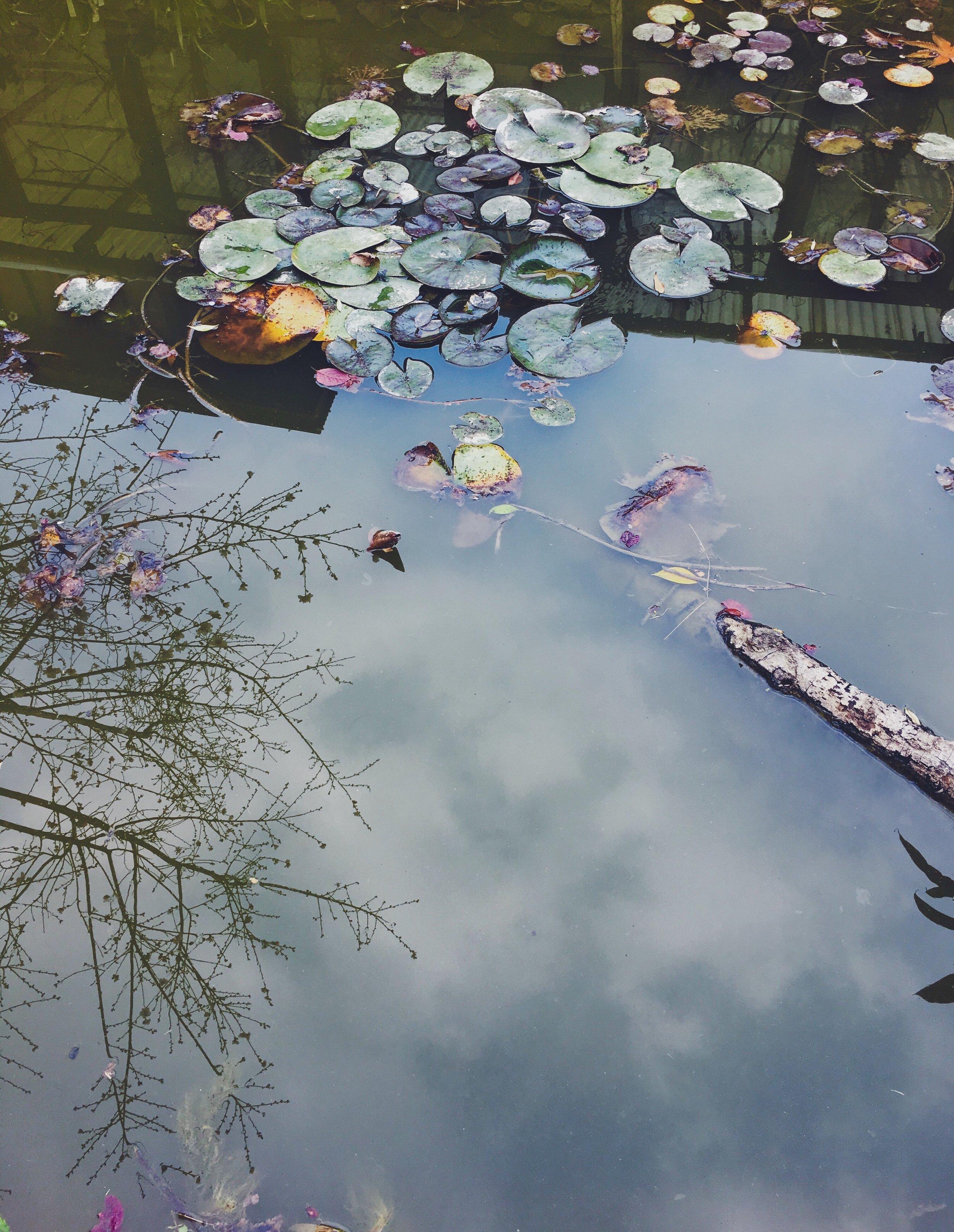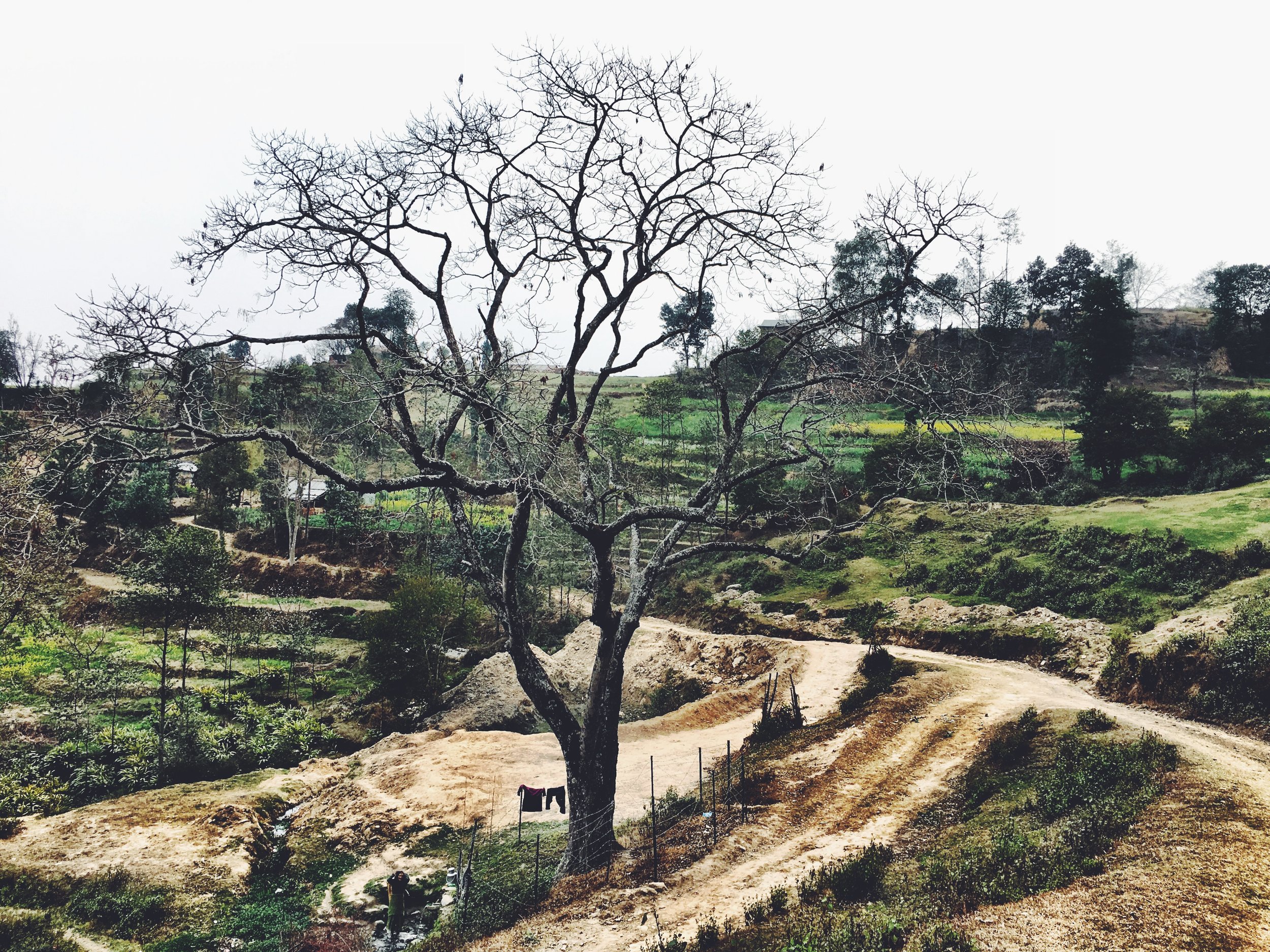The word 'advent' derives from latin 'adventus', meaning arrival, or approach. In the Christian tradition this is the period of the �great waiting - for the arrival of the holy Son into the world. Long before the time of Jesus however, communities world wide spent the period before Winter Solstice (this year on December 21st) honouring the coming of the light.
In the Arctic territories, stretching over the four countries Norway, Sweden, Finland, and Russia, the sun in winter does not even reach the horizon. In Northern mythology, the Sun was seen as a goddess riding the heavenly skies, disappearing in the dark months, and returning with new life in the spring. For the Sami, the indigenous people of the Nordic countries, her name is Beaivi. She is the mother of fertility, raindeer and of plants. And since the early Neolithic age, nomadic tribes across the northern hemisphere have also paid tribute to the female raindeer, the 'life giving mother', as she was the leader of the herds upon which they depended for survival.
Advent for me has become a time for bridging the ancient and modern traditions with the simple message of seeing the light in darkness. Awareness of humanity’s deep, inner connections with the rhythms of the natural world. Honouring the potential of the seeds of light we have collected in the summer months. As autumn gives way to winter, and the quiet deepens and settles over the villages, we move into a time of silent warmth. This is also a time for moving our attention inwards, for reflection, and for honouring and kindling the light, flames and sparks inside each and every one of us.
In Norway, where I grew up, this would be the day for lighting the first of four candles, counting down the days to the arrival of the Light. Gathering friends around a fire, maybe even make a Sacred Spiral with pine branches or dry leaves, an anthroposophic advent tradition honouring the four kingdoms of the world, and the four virtues of peace, faith, hope and charity.
Tonight, in Nepal, I am placing four candles in the centre of the crystal mandala, and singing first verse of the beautiful tune that goes with the tradition, which I now call the ‘Boddhisattva Advent Song’:
Tenn lys!
Et lys skal brenne for denne lille jord.
Den blanke himmelstjerne, der vi og alle bor.
Må alle dele håpet så gode ting kan skje.
Må jord og himmel møtes. Et lys er tent for det.
//
Light the candle!
One candle will burn, for this small earth.
For this beaming star of the sky that we call our home.
May all beings share the hope that good things can come about.
May earth and heaven meet. For this, one light is lit.
I also love this poem by Rudolf Steiner, honouring the natural elements:
“The first light of Advent is the light of stones.
Stones that live in crystals, seashells, and bones.
The second light of Advent is the light of plants.
Roots, stem, leaf, flower and fruit by whom we live and grow.
The third light of Advent is the light of beasts.
Animals of farm, field, forest, air and sea.
All await the birth in greatest and in least.
The fourth light of Advent is the light of humankind.
The light of love, the light of thought, to give and to understand.”



